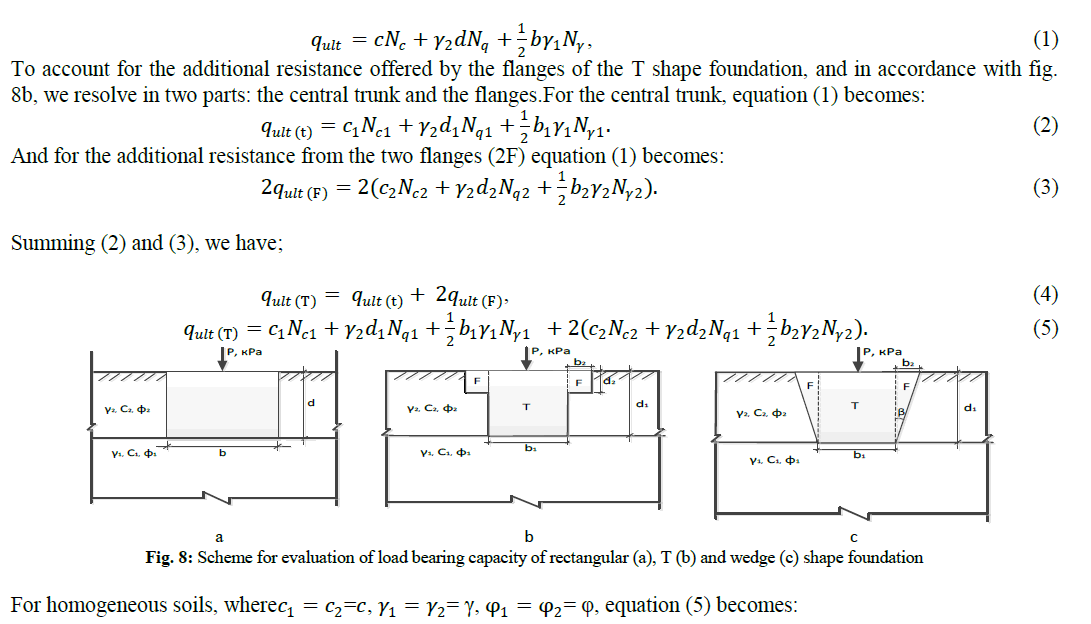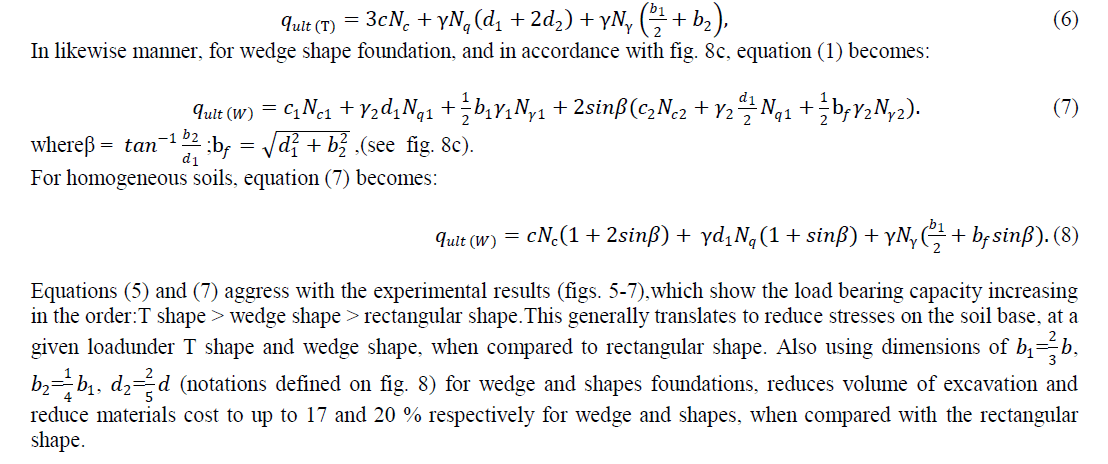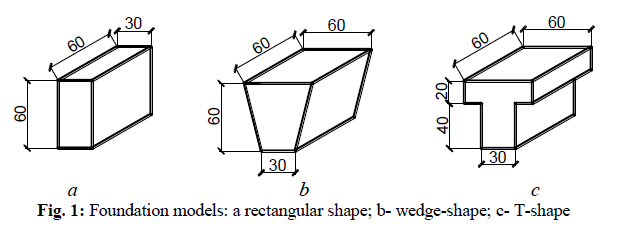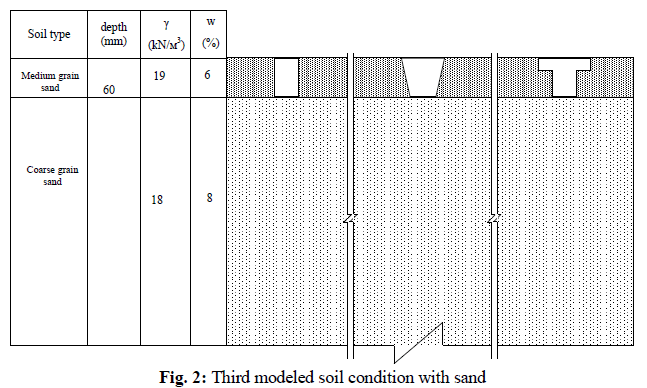ISSN ONLINE(2319-8753)PRINT(2347-6710)
ISSN ONLINE(2319-8753)PRINT(2347-6710)
Jagadeesh.Y.J1, Dr. Suresh. N2
|
| Related article at Pubmed, Scholar Google |
Visit for more related articles at International Journal of Innovative Research in Science, Engineering and Technology
The present work shows the prediction in Cartesian using the stream function- vorticity formulation for the Lid Driven Cavity. The governing equations are discretised and the variation of flow is analysed by using the commercial CFD software. Contour of Variation of Local skin Friction coefficient along left and right wall of the Cavity is shown .Variation of local skin friction coefficient along top and bottom wall of the cavity is plotted. Flow simulation for Reynold number 100 is taken with a square cavity the top lid is moving and the other side is stationary
Keywords |
| CFD, stream function, vorticity, lid driven cavity, skin friction coefficient. |
INTRODUCTION |
| Due to the development in the CAD/CAE technology, now it is possible to analyse the fluid flow problem, in general any engineering problems. Now a days the CFD approach is becoming popular has come in this way. In the present work of flow analysis inside a square cavity with the top lid moving with low velocity is analyzed and postprocessor velocity contour is obtained with commercial software. Initially the geometry is created and then the fluid domain is discretized by mesh. In the solver and postprocessor its solutions and result are obtained. Basically a theory of CFDand stream function-voritcity approach is used and new software tool are applied. This technique may be used for designing of any fluid equipment by using the advantage of CAE. |
| These phenomena are governed by set of partial differential equations which in most cases have no analytical solution. In addition to the governing equations, we also need the boundary and initial conditions, material properties, and geometrical details in order to completely describe the problem. |
GOVERNING EQUATIONS AND NUMERICAL PROCEDURE |
 |
 |
 |
 |
CONCLUSION |
| In this present work the prediction in Cartesian using the stream function- vorticity formulation for the Lid Driven Cavity has been shown. On either side of the wall of the cavity the Local skin Friction coefficient varies in the same manner and found maximum between 0.9 and 1 on vertical and minimum at the vertically bottom. |
| Notations: |
| P-pressure |
| μ - viscosity |
| τ - viscous stress |
| U,V,W-free stream mean velocity |
| u’,v’,w’- instantaneous velocity |
| ρ – density |
| f- body forces |
| ψ - stream function and |
| ω -vorticity |
References |
|